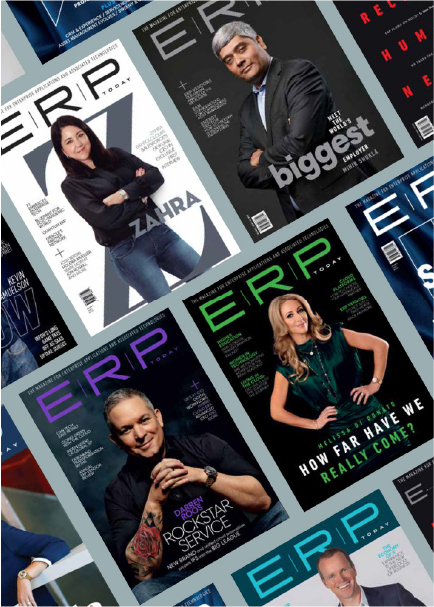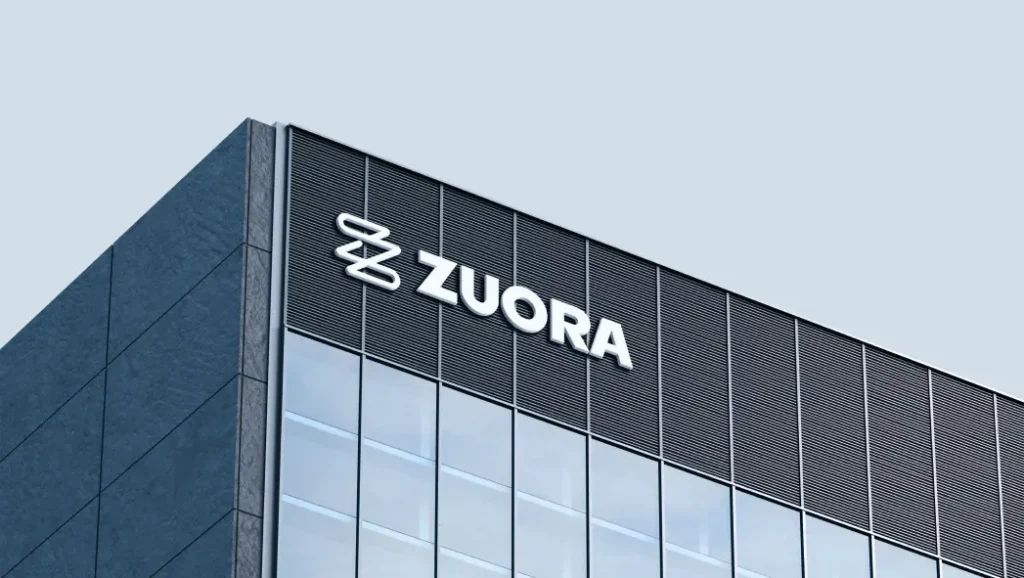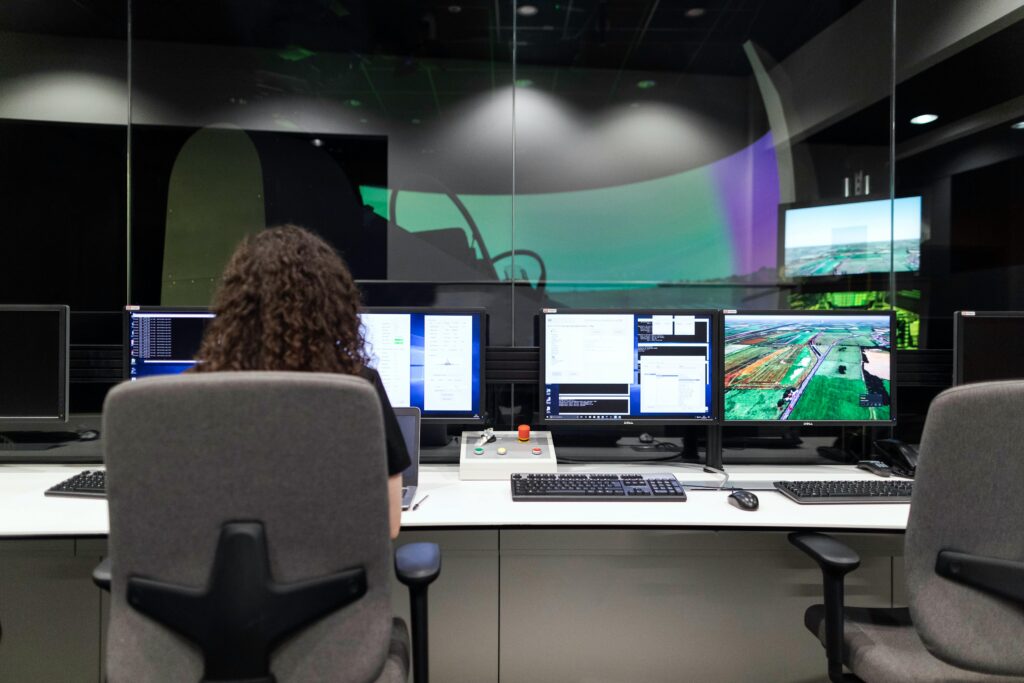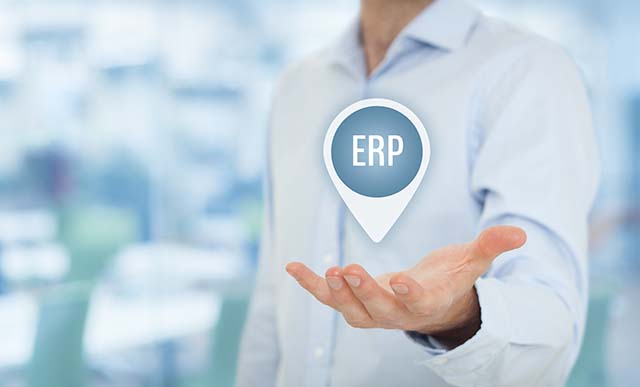The budget is approved, the consultants are engaged, and the roadmap is in place for the massive, multi-year cloud ERP transformation. However, while the organization is meticulously planning this foundational shift, a critical part of its business is leaking. For Karthik Chakkarapani, SVP, Corporate Operations and CIO of Zuora, the analogy is stark. “Waiting for a three-to-five-year ERP rollout before tackling order-to-cash transformation is like remodeling your entire house while water pours through a leaking roof,” he warns.
Chakkarapani argues that in an environment where market agility is paramount, the traditional view of the ERP as the all-encompassing engine of innovation is outdated and dangerous. Moreover, as enterprises increasingly shift to hybrid revenue models, the monolithic, all-in-one ERP strategy is cracking under pressure, creating a significant competitive disadvantage for those who get the timing wrong.
The Reality Check
Evidence of a paradigm shift is mounting, particularly in industries that are evolving rapidly. “We’re seeing a clear shift away from monolithic ERP strategies, especially in industries facing rapid change, such as telecom, publishing, and automotive,” Chakkarapani observes. These businesses are realizing that they can’t afford to have their innovation cycles dictated by a vendor’s development roadmap. Instead, they’re embracing a composable approach, where the ERP serves as the stable financial backbone, while best-of-breed platforms manage dynamic, customer-facing functions like billing and revenue automation.
The timeline is what makes this a particularly urgent issue for CIOs and CFOs. With analysts predicting that over 50% of enterprises will deploy mixed-revenue models by 2027, the standard three- to five-year ERP transformation window appears less like a strategic plan and more like a countdown to obsolescence.
“By 2027, most enterprises will be operating with hybrid revenue models, and if your systems can’t support that, you’re simply not competing,” Chakkarapani states. The cost, far from being a future problem of technical debt, is immediate and tangible. As Chakkarapani points out, “It’s lost revenue, slower product launches, and mounting frustration from Finance and Go-To-Market (GTM) teams that can’t reconcile or adapt fast enough.”
The Lift-and-Shift Fallacy
Many leaders believe that a move to a cloud ERP, such as SAP S/4HANA Cloud or Oracle Cloud ERP, will address their monetization challenges . However, Chakkarapani cautions that this shift alone rarely addresses the complexity of hybrid revenue models. He recounts a common scenario: “We’ve seen companies move from on-prem ERP to cloud ERP expecting newfound agility, only to realize they still needed custom code for usage billing, tiered pricing, and revenue recognition.”
In one telling example, a telecom company leaped to a cloud ERP to support a new 5G service with complex usage tiers. According to Chakkarapani, they discovered their shiny new system “couldn’t automate the invoicing logic. They had to rely on spreadsheets and manual reconciliation, exactly like before.” He adds, “They didn’t have a cloud problem but an architectural mismatch.”
“By 2027, most enterprises will be operating with hybrid revenue models, and if your systems can’t support that, you’re simply not competing.”
— Karthik Chakkarapani, SVP, Corporate Operations and CIO, Zuora
Decouple First
If bolting a modern billing engine onto a legacy ERP mid-transformation is burdened with integration complexity and hidden technical debt, what’s the alternative?
“Our approach is to decouple first,” Chakkarapani explains. This strategy involves implementing a flexible, ERP-agnostic monetization layer before the core ERP project is complete. This aids in smart sequencing. “By decoupling Order-to-Cash early, teams unlock agility in revenue operations while ERP programs continue at their own pace,” he says.
This approach provides immediate relief and value, which is essential for getting a buy-in from the C-suite. “CFOs aren’t looking for magic. They’re looking for momentum,” he states.
According to Chakkarapani, the business case isn’t a leap of faith but one built on measurable, incremental ROI, which consists of:
- Faster financial closes
- Reduced revenue leakage
- The ability to launch new products in weeks, not months
It also mitigates the challenges related to revenue recognition, which is one of the biggest hurdles in modern finance. With standards like ASC 606, forcing complex subscription or usage-based models through a legacy ERP is a high-stakes gamble. “A global SaaS company ran into issues when subscription amendments weren’t properly linked to recognition schedules, triggering audit flags,” Chakkarapani notes while illustrating an example of the challenges related to revenue recognition. “The risk here wasn’t theoretical. It lay in delayed payments, scrutinized disclosures, and investor trust called into question.”
ERP as an Orchestrator
Still, the shift away from a monolithic ERP doesn’t mean that ERP is dead. Its role, however, is being clarified and refined. “As a CIO, I still need my ERP, whether it is SAP, Oracle, or Workday, to remain the single source of truth for the general ledger, statutory compliance, and master data. That role isn’t going away,” Chakkarapani notes.
Thus, the future he envisions is one of harmonious coexistence. He believes, “The modern architecture is ‘ERP as orchestrator, specialist clouds as operators.’” In this model, the CIO curates a portfolio of interoperable, cloud-native services that can be activated or deactivated as the business evolves. “This modularity de-risks M&A, accelerates product launches, and future-proofs the enterprise without locking it into another five-year, all-or-nothing bet,” he says.
Finally, the message is clear for leaders amid a massive ERP transformation. Success isn’t about managing two initiatives at once, but about choosing the right entry point to drive value now. As Chakkarapani concludes, “By front-loading the modernization of your revenue engine, you create early wins for Finance and IT, de-risk the broader transformation, and ensure that by the time your new ERP foundation is set, you have an agile, competitive business to run on top of it.”
“Our approach is to decouple first.”
What This Means for ERP Insiders
Your ERP is a foundation, not the entire house. The traditional single-vendor-for-everything mindset is becoming a liability. For agile, customer-facing functions like complex billing, usage-based pricing, and dynamic product launches, enterprises must look to specialized platforms. As Chakkarapani puts it, the modern architecture is “ERP as orchestrator, specialist clouds as operators.” For ERP Insiders, this means strategically augmenting your core ERP system with best-of-breed tools to handle monetization, rather than trying to force the ERP to do something it wasn’t designed for. This approach allows the organization to innovate swiftly.
Don’t let your ERP timeline stall your business. Waiting for a full ERP transformation to complete before addressing urgent revenue and billing challenges is a critical mistake, according to Chakkarapani. By implementing a modern billing platform first, you can achieve immediate, measurable wins. This de-risks the broader transformation, creates early wins for Finance and IT, and sets the stage for cleaner integration. For teams managing a lengthy cloud migration, this decouple first strategy provides momentum, proves ROI to the CFO, and solves pressing business problems without derailing the core ERP initiative.
The architectural mismatch is real. Relying solely on an ERP for modern monetization creates significant business pain. Challenges can include complex usage billing, slow integration during mergers and acquisitions (M&A), and hurdles in revenue recognition. These issues demonstrate that the problem is often an “architectural mismatch,” as Chakkarapani puts it, proving the need for a purpose-built monetization engine like Zuora that works in concert with the ERP.




